[With examples] A photographer explains tips for taking beautiful photos with a smartphone
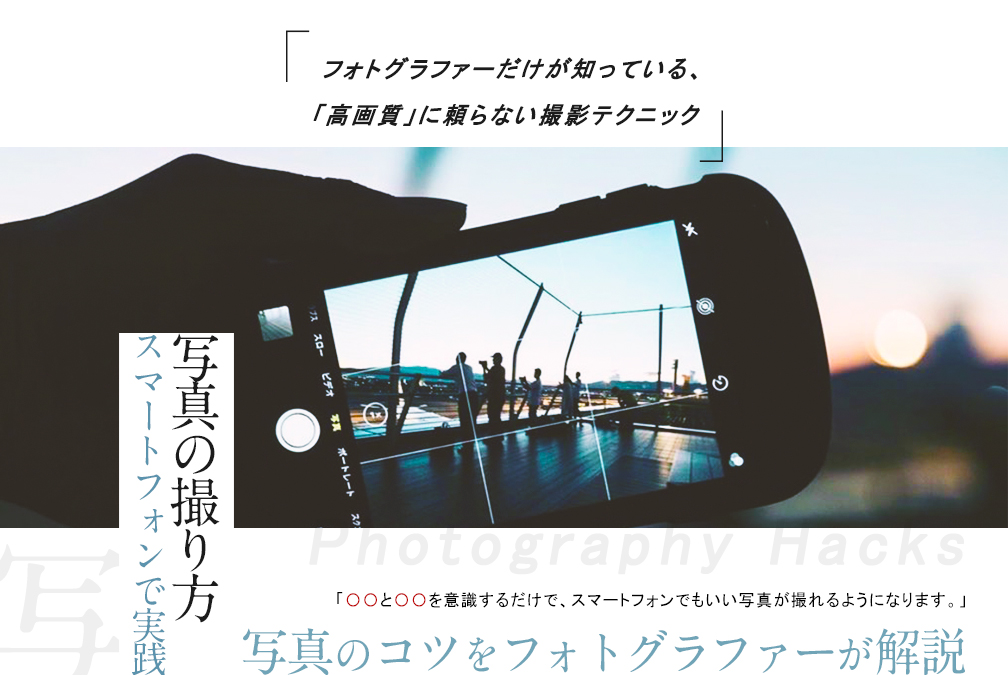
table of contents
Hello, this is Goto from the WEB Service Division.
In my previous job, I had experience as a photographer (cameraman) and web director.
As a photographer, I mainly take photographs of people and food
Below is an example of the photos I have taken so far.
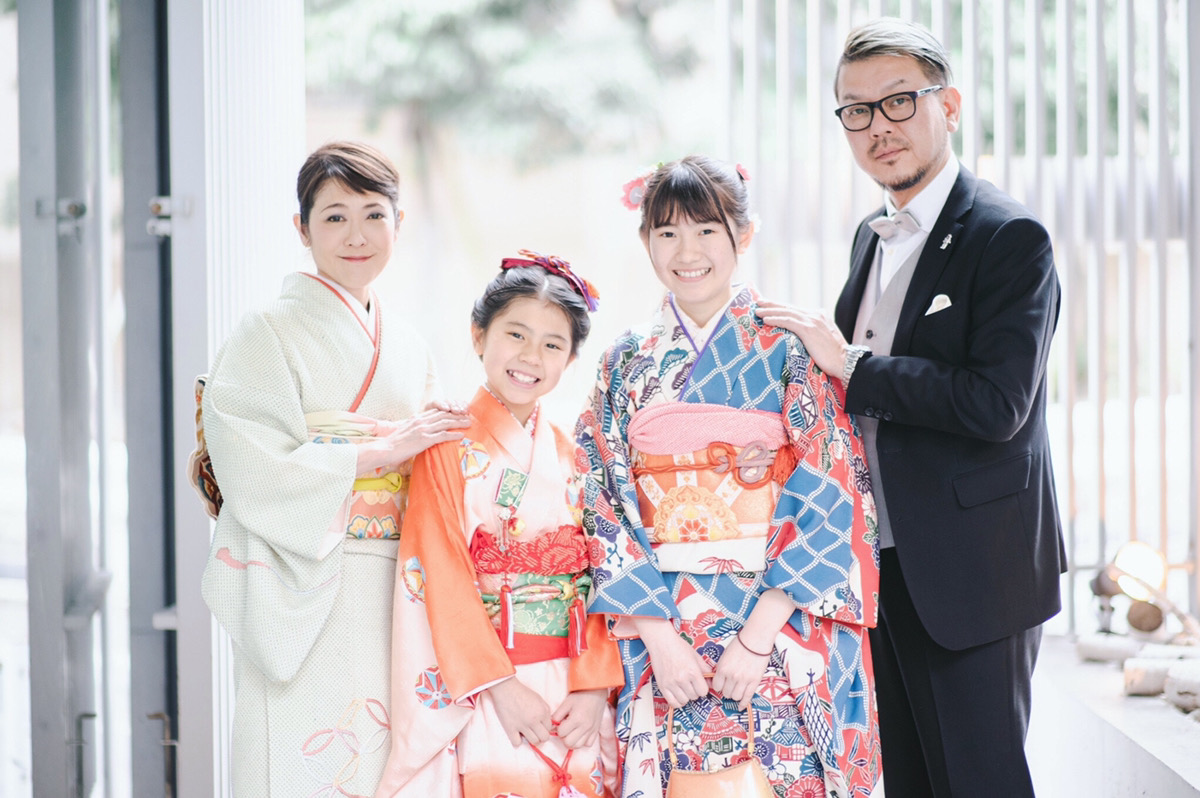

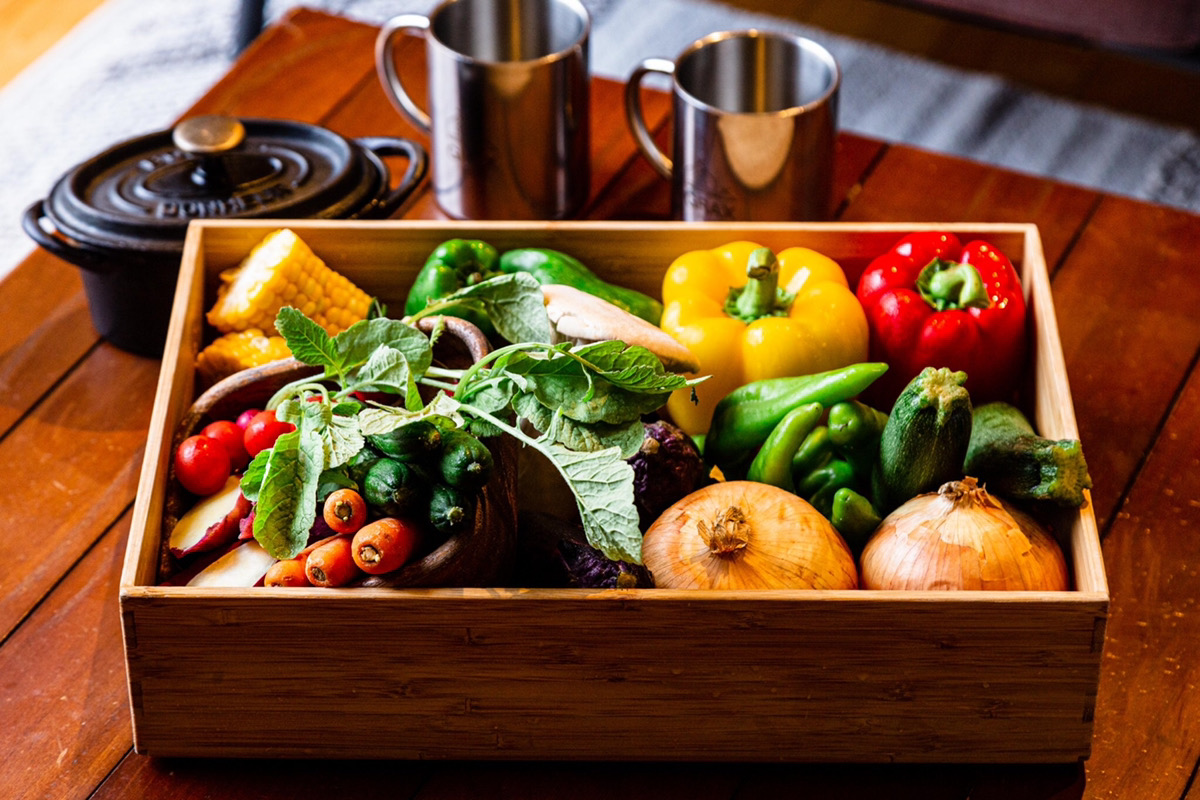
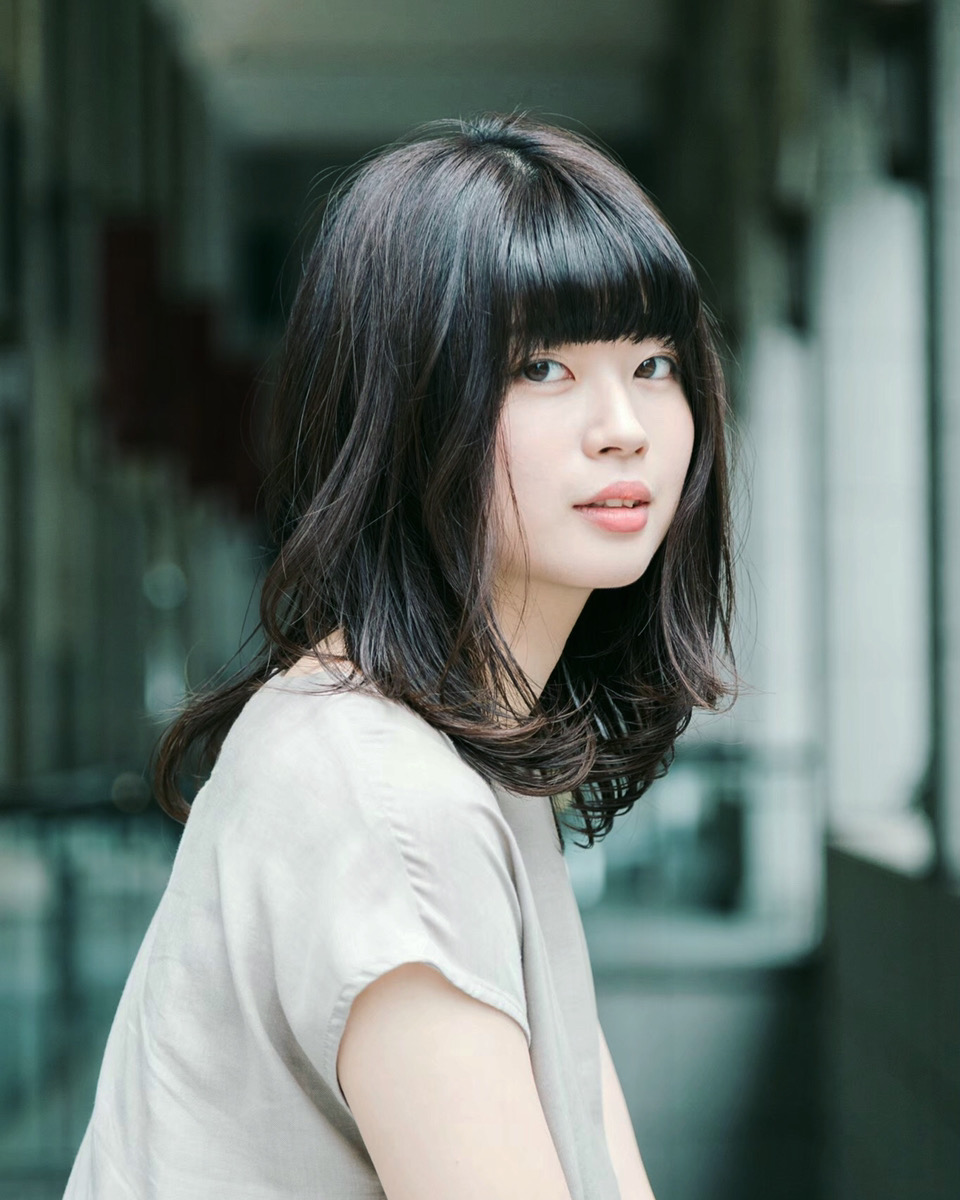
Other photos are posted on Instagram
Now, all of a sudden, you want to be able to take more beautiful and better photos! Have you ever thought that?
If you are not good at photography,
- Even if you think you took a beautiful scenery, it doesn't look good in the photo.
- I always end up taking dark and blurry photos.
- I always end up taking ordinary photos.
Do you have such problems?
I was in exactly the same situation when I first started using cameras.
However, as I have gained more than five years of practical experience as a photographer, I have now become able to more clearly judge why I am not able to take good pictures and what I should do to take pictures that match my image
I would like to share practical tips for taking good photos with a smartphone , based on my knowledge and experience as a photographer
Anyone with a smartphone can practice the content , so please take a look.
Knowledge gained from this article
- Acquire basic knowledge of photography
- You will be able to understand the reason why "for some reason I can't take good photos..."
- You can now take beautiful photos with your smartphone
Can you take beautiful photos without a single-lens reflex camera?
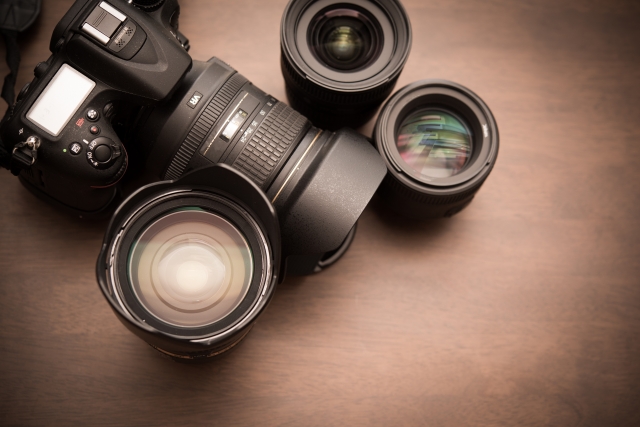
Many people think that in order to take beautiful photos, they must first purchase a high-end camera such as a single-lens reflex camera, but a single-lens reflex camera is not necessarily necessary.
(Also, recent smartphone cameras are evolving to higher and higher image quality.)
By keeping a few tips in mind, you can take beautiful photos even with your smartphone.
I'll dig deeper below.
First of all, what is a good photo?
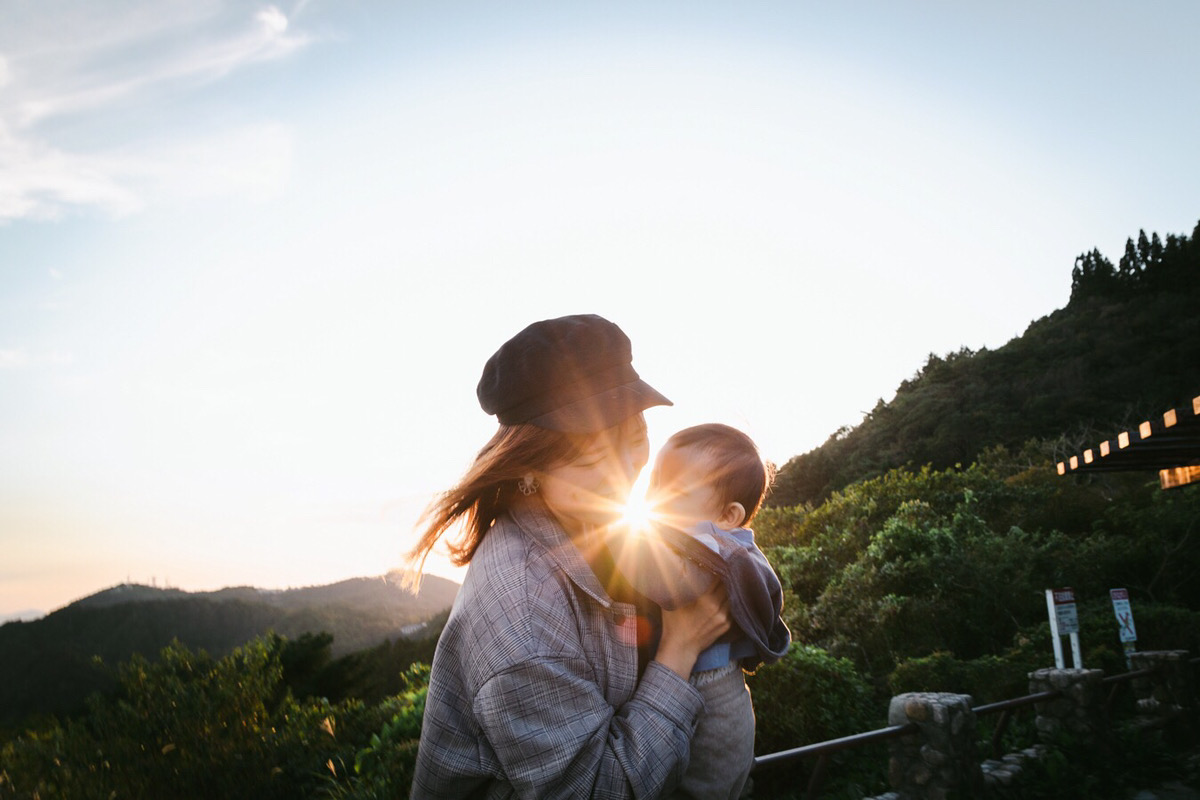
The basic premise is that there is no absolute answer to what makes a good photo, but from a commercial perspective, we will define a good photo as ``a photo that accurately conveys the information you want to convey to as many people as possible.''
“High image quality” is not necessarily necessary to take “good photos”
When most people think of the benefits of using a single-lens reflex camera, the first thing that comes to mind is "high image quality."
Sure, that's a benefit.
(*There are other benefits such as being able to change lenses, but we will omit them here.)
However, I believe that "high image quality" a supplementary effect as a means of conveying what you want to convey through photography
How much of a difference is there in image quality between single-lens reflex cameras and smartphones?
In order to verify the difference in image quality between an SLR camera and a smartphone, I took pictures of the same subject in my room using an SLR camera and a smartphone, and compared them. The photos below are all taken and unedited.
- Photo ①

- Photo ②
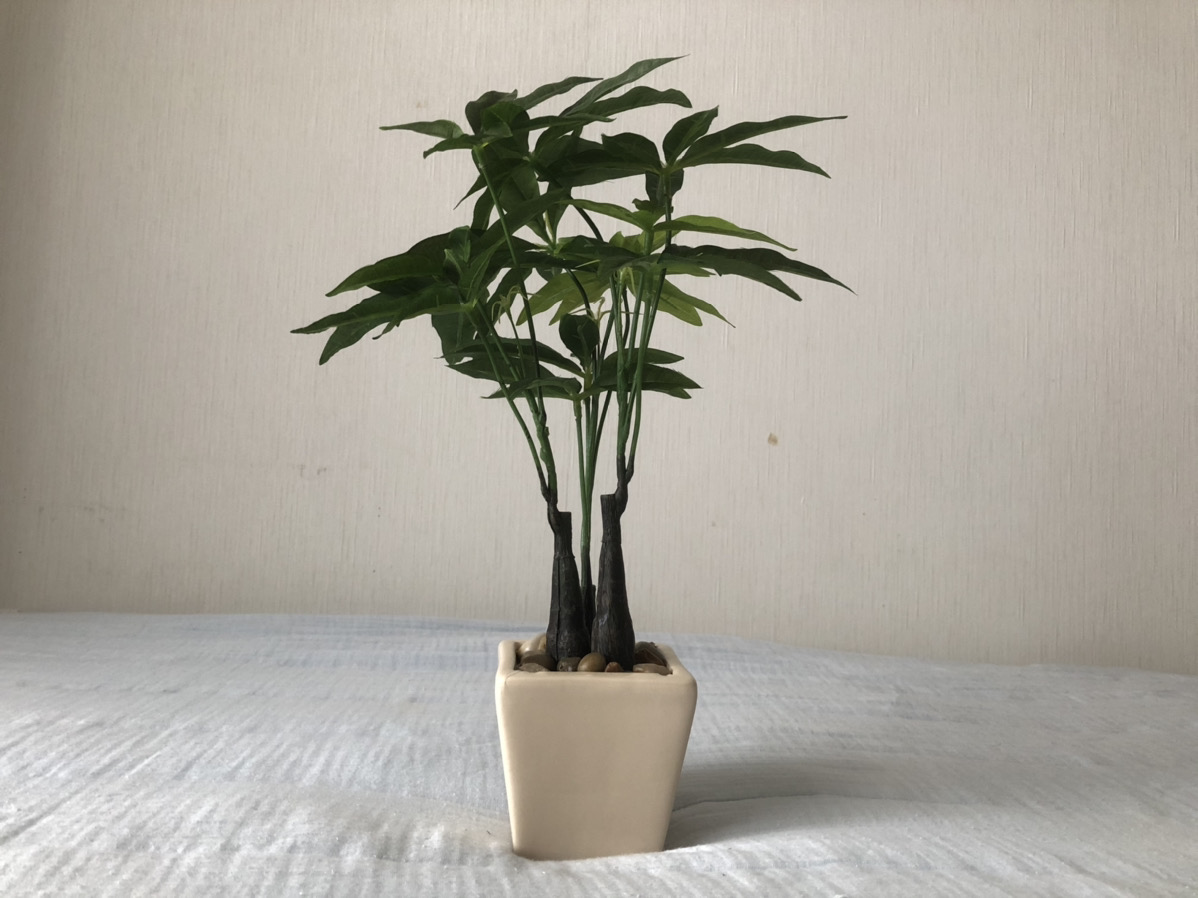
...I'm concerned about how dirty the walls of the room are.。
If I am successful in investing, I would like to renovate it.
Aside from digressions, can you tell which one of Photo 1 and Photo 2 was taken with a single-lens reflex camera?
The correct answer is picture ①.
Photo ① was taken using a Canon EOS 6D full-frame single-lens reflex camera with a Canon EF24-105mm F4L IS USM lens. This equipment costs about 200,000 yen in total for the camera and lens set
On the other hand, photo ② was taken with an iPhone 8 Plus
*Full-frame refers to the standard of camera functionality that allows for high-quality shooting. The cameras used by many professional photographers are equipped with a full-frame solid-state image sensor.
It's easy to see the difference when you compare them on a large screen monitor, but when you compare them on a small screen such as a smartphone, is there really a big difference between Photo 1 and Photo 2? Isn't there a lot of people who feel that way?
As you can see, if you don't think about how you take photos, you won't actually be able to take very good photos even if you use a single-lens reflex camera.
On the other hand, with recent smartphones, you can take high-quality, SLR-like photos like the one below, depending on the latest features (here I used the iPhone 8 Plus's portrait mode) and how you shoot. . Actually, it's high quality.
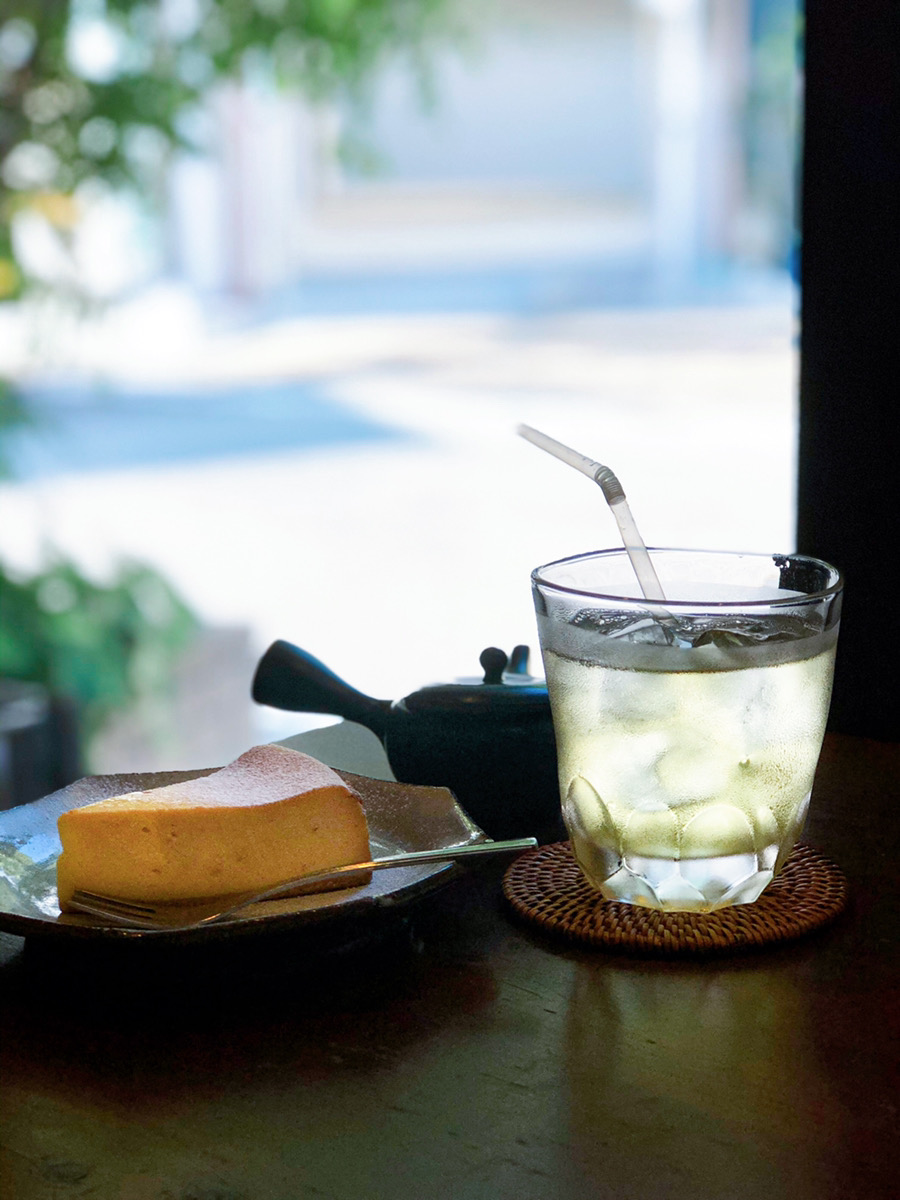
High-performance cameras such as single-lens reflex cameras have a high ability to more clearly convey the texture of the subject and the atmosphere and three-dimensionality of the scenery , so if you take photos under the same conditions, it is better to take photos with a single-lens reflex camera than with a smartphone. It's easy to take pictures.
However, I hope that you have understood from what I have read so far that , the shooting technique is more important than the performance of the camera.
, we will delve into the concepts and techniques that will help you take good photos a practical manner
Let's organize what we want to convey with photos [Explanation using a mouse as an example]
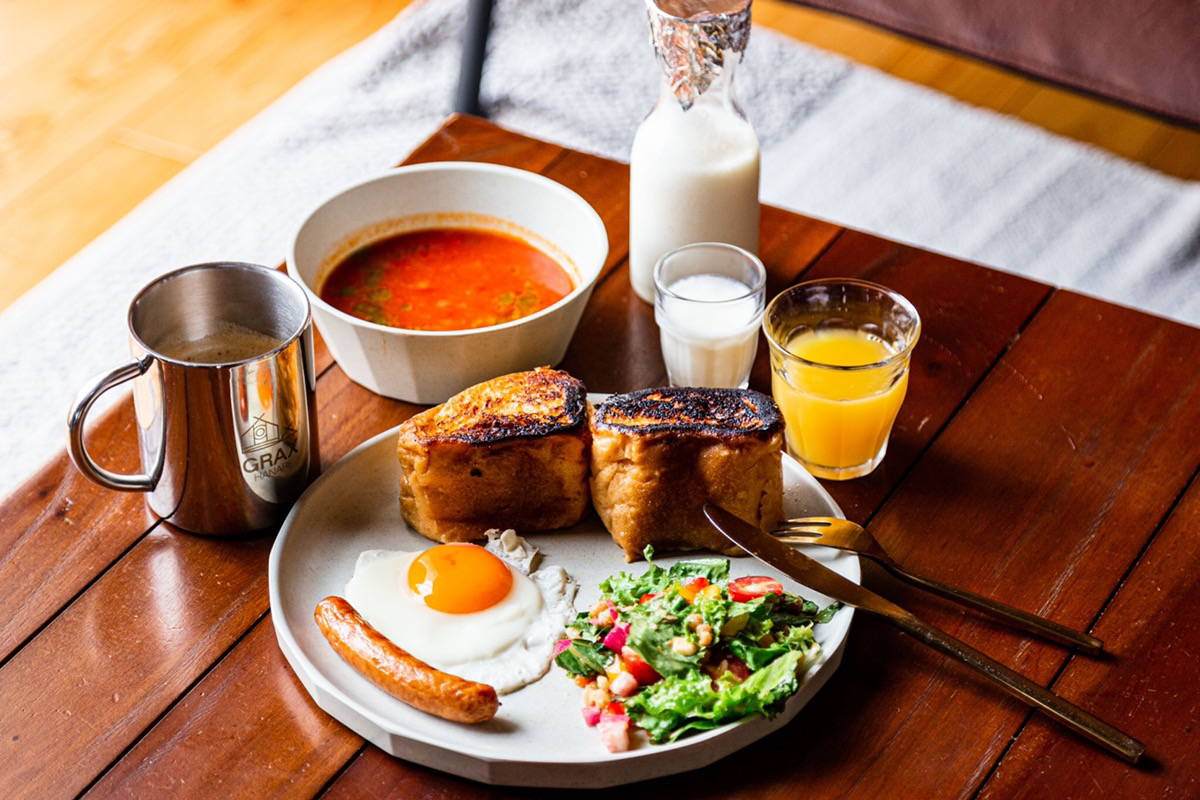
When you take a photo, isn't it because there is a message you want to convey through the photo
For example, when you take a photo of a dish that you think looks delicious you try to think of a way to capture as much of the deliciousness as possible.
In this way, stopping and thinking about what I want to convey through photography can be said to be an important process as the foundation
Now, let's take an example in which your boss suddenly asks you take a photo that will sell because you want to sell this mouse , and how you can take a good photo that accurately conveys what you want to convey. Let's think about it.
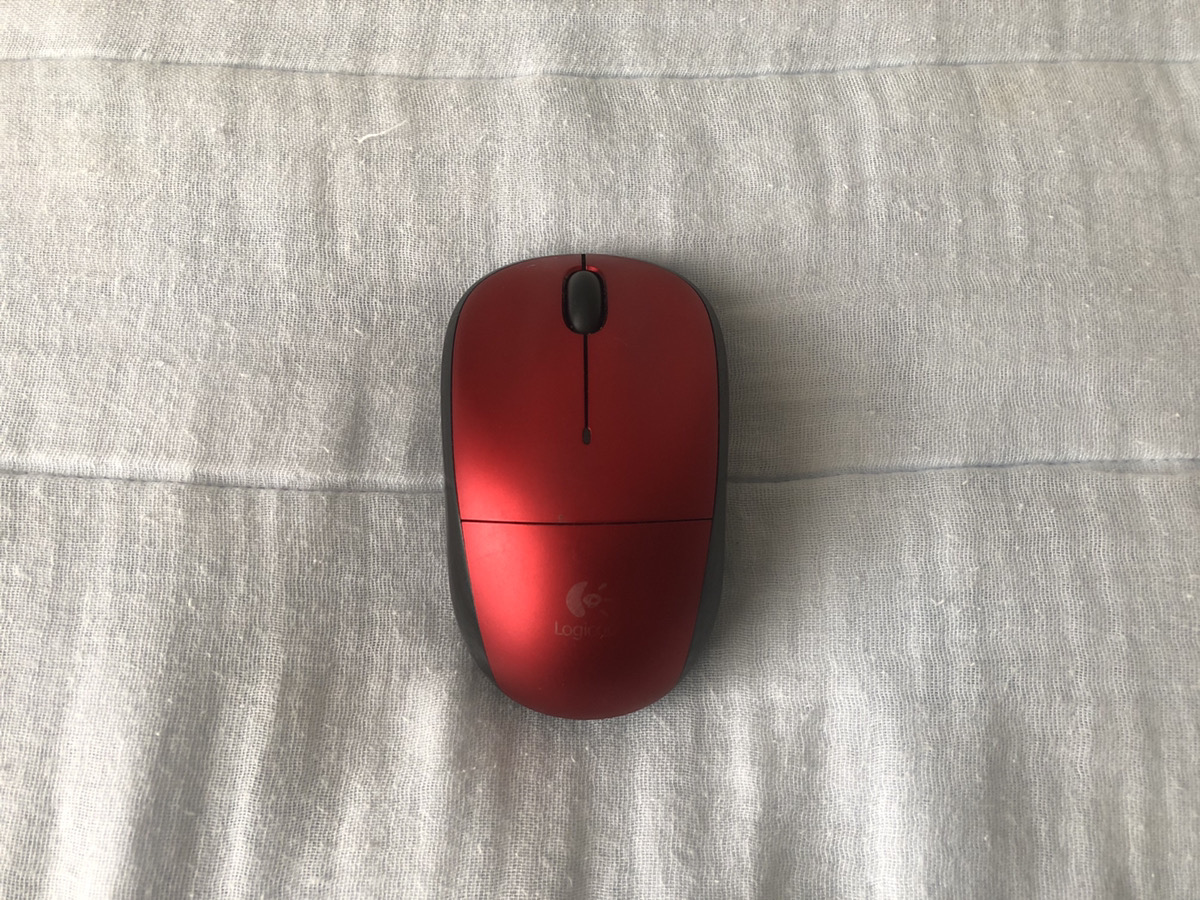
"Eh, Mouse...?"
I can almost hear that voice.
“Can you take a photo of this attractively?”
friend.
There are probably not many people who look at a photo of a mouse and , "Wow! That's a really nice photo!"
In other words, the difficulty level is high.
Even if you are exhausted by your boss's reckless behavior, let's take on the challenge together through trial and error.
All of the mouse photos posted from here on were taken with an iPhone 8 Plus (smartphone)
(*Of course, it is unlikely that you will actually be asked to handle such a mystery task in Beyond. Even if it were, you would be able toI refuse and make an excuse.)
Sort out the attractiveness of the subject
I was forced to take a photo of a mouse that seemed like it would sell well due to my boss's reckless behavior, so I decided to try to figure out what the appeal of this mouse is.
I felt the charm of this mouse as follows.
- Cool metallic color and matte texture
- Good size that makes it easy to hold
- Lovely rounded shape
In order to take better photos from now on, I tried to praise it a little excessively
First of all, it is important to increase motivation.
Think about how to convey the charm of the subject
Once we have sorted out the appeal of the mouse, our subject, we will next think about how to convey
Of course, this way of shooting doesn't convey the appeal of the mouse.
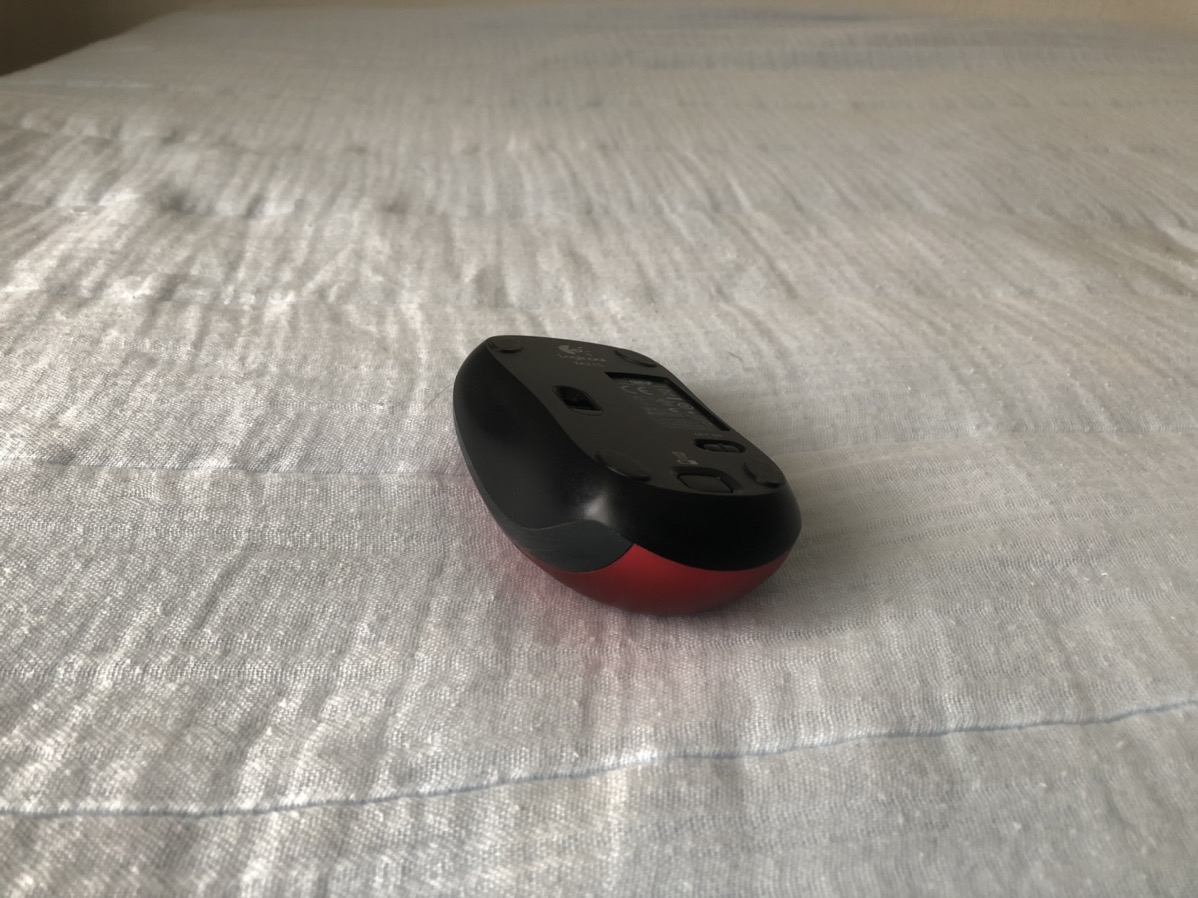
It looks like a cicada rolling around in the corner of an apartment hallway during the summer
It's scary because it usually starts to go wild when you get close to it.
I want to take photos of mice that are likely to sell, so my goal is for people to look at the photos and think, ``This is a great mouse!'' or ``I want to use this mouse!''
Based on these points, how should I take photos to convey the appeal of the mouse that I outlined earlier?
There are two points to consider:
- Point 1: Adjust the composition of the subject
→What angle should I take the photo from to convey the most attractive information about the subject?
- Point 2: Adjust the light hitting the subject
→How should I apply light to express the quality of the subject's texture?
I will explain them in order.
Point 1: Adjust the composition of the subject
When I first organized it, the size of the mouse so that it would be easy to hold , and the beauty of the shape , so I tried and errored the composition by adjusting the placement of the mouse and other things to make sure that these things were conveyed.
Point 2: Adjust the light hitting the subject → Conclusion: If indoors, take photos near a window
This is a point that many people other than photographers don't pay much attention to, but adjusting the light that hits the subject very important .
When it comes to photos that make you think, ``I don't know why, but they look great...'', the key is usually the light.
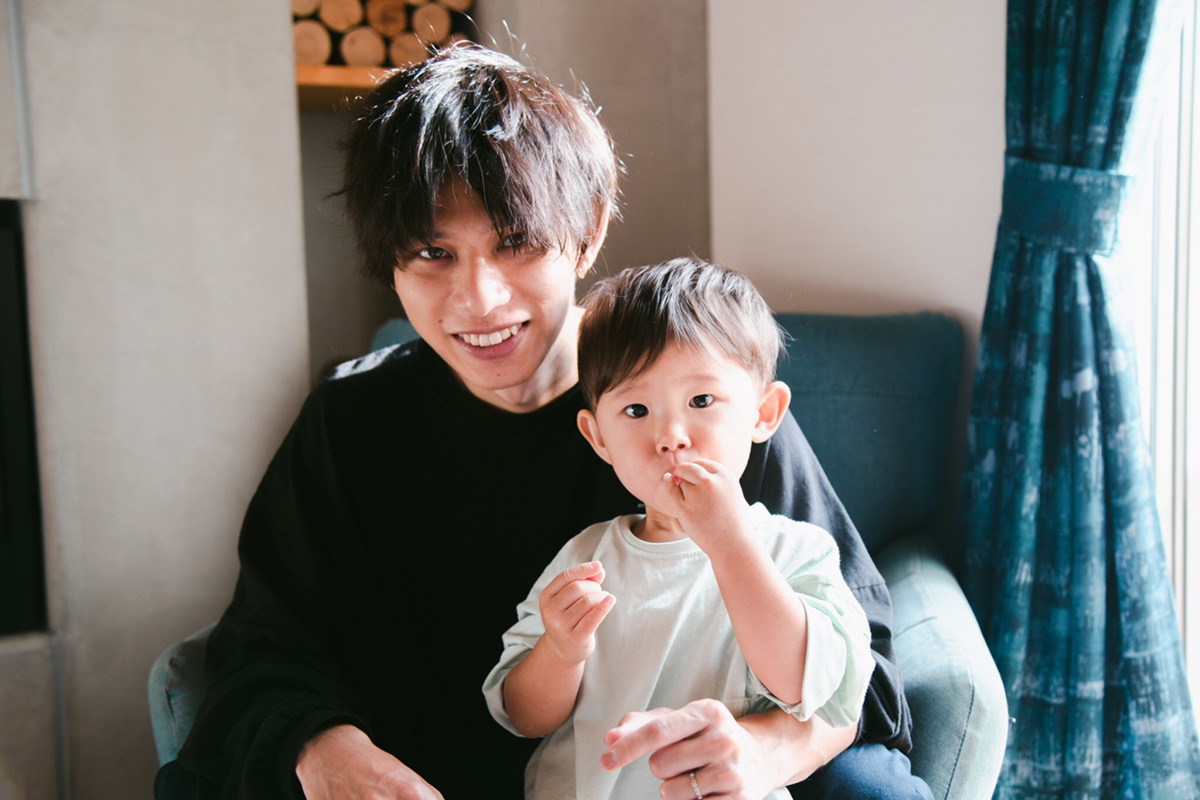
By taking advantage of the light, you can take photos with sharp contrast.
(*This photo was taken with a single-lens reflex camera)
Take advantage of natural light
In reality, when photographers take product photos, use multiple lighting equipment precisely control the light , but there is a way to create good lighting without using such equipment. there is.
all utilizing natural light .
Natural light refers to light that is not artificial, such as sunlight.
By making good use of natural light, you can easily take beautiful photos that are just as beautiful as using lighting equipment. If indoors, we recommend taking photos near a window before sunset when you
On the other hand, the light from indoor lights , you won't be able to get enough light and the photos will tend to be dark and blurry , so be careful.
Based on the above points, I took a picture of the mouse next to the window.
The photo was taken from a slightly diagonal side where you can see the sides of the mouse so that you can see the thickness and shape of the mouse.
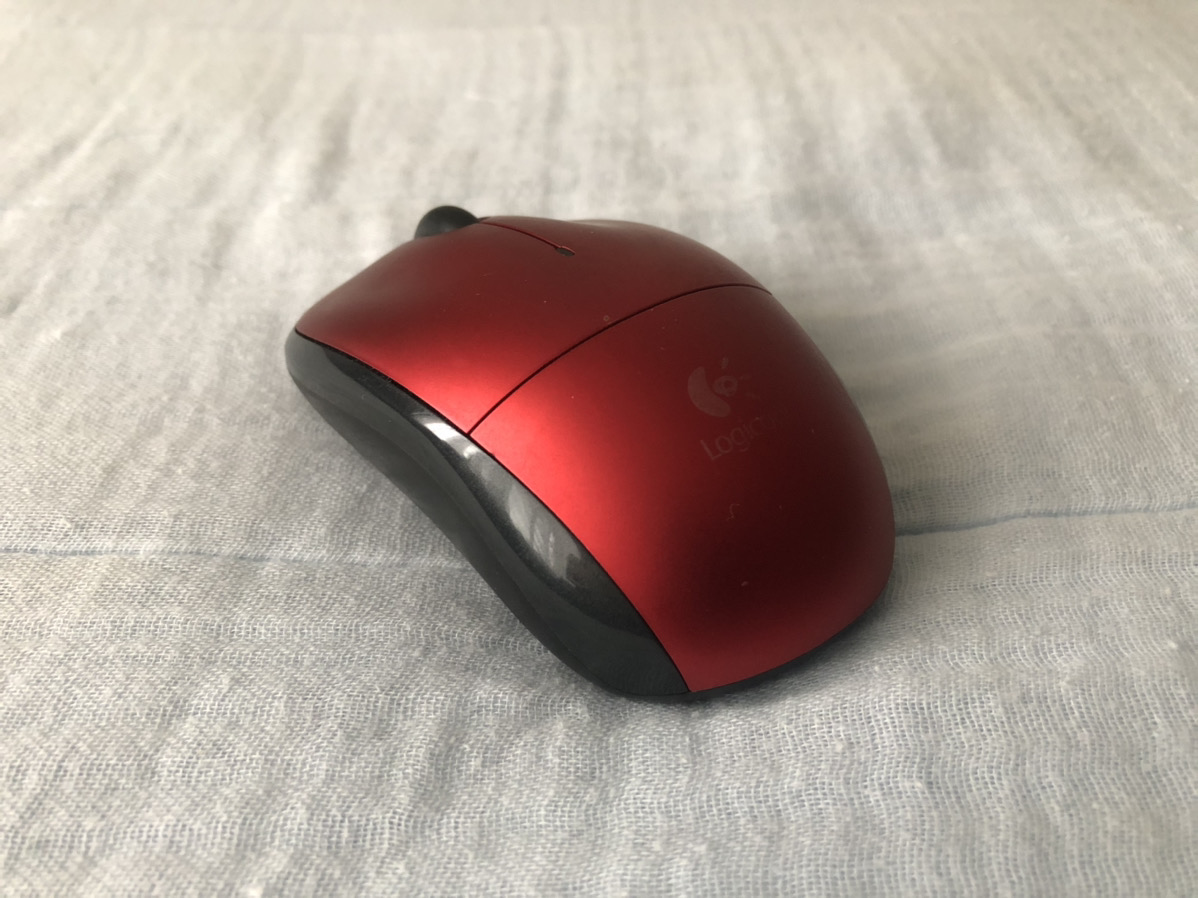
It doesn't seem like a bad angle for taking pictures, but I'm a little worried about the reflection
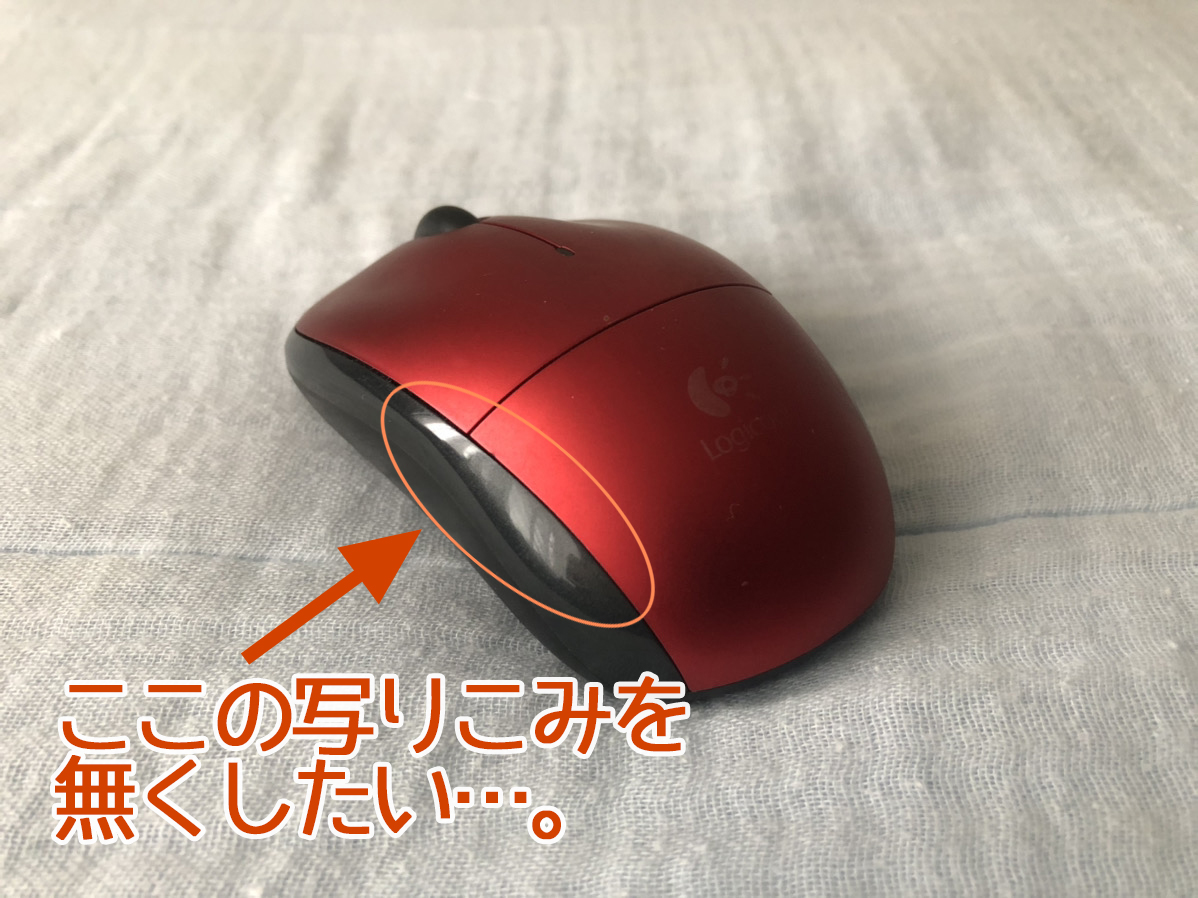
I found the bag I bought the book in just within reach, so I'm going to use it to reduce unnecessary reflections.
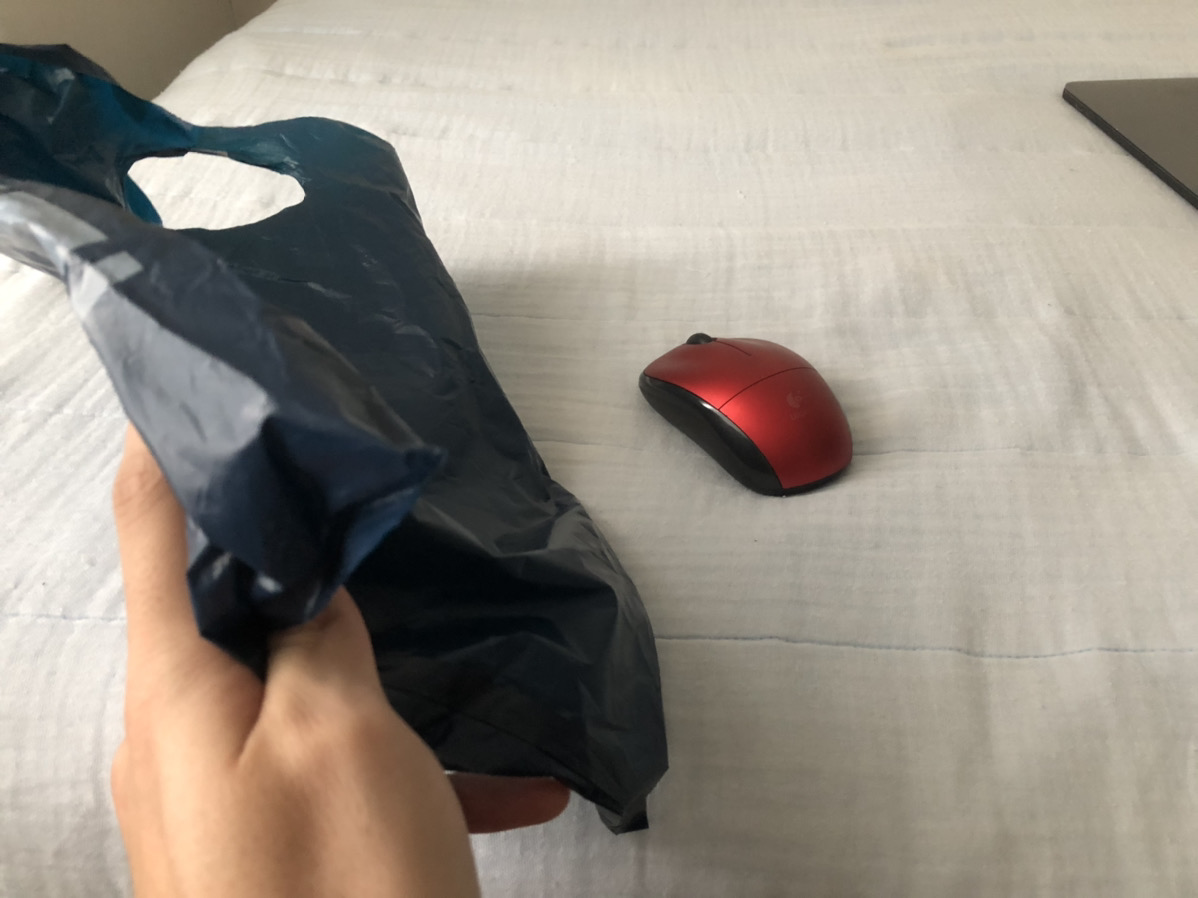
There are formal equipment to suppress unnecessary light, but I wanted to explain how even something as everyday as this can effectively control natural light, so this time I tried using a bag.Also, preparing the equipment was a hassle.
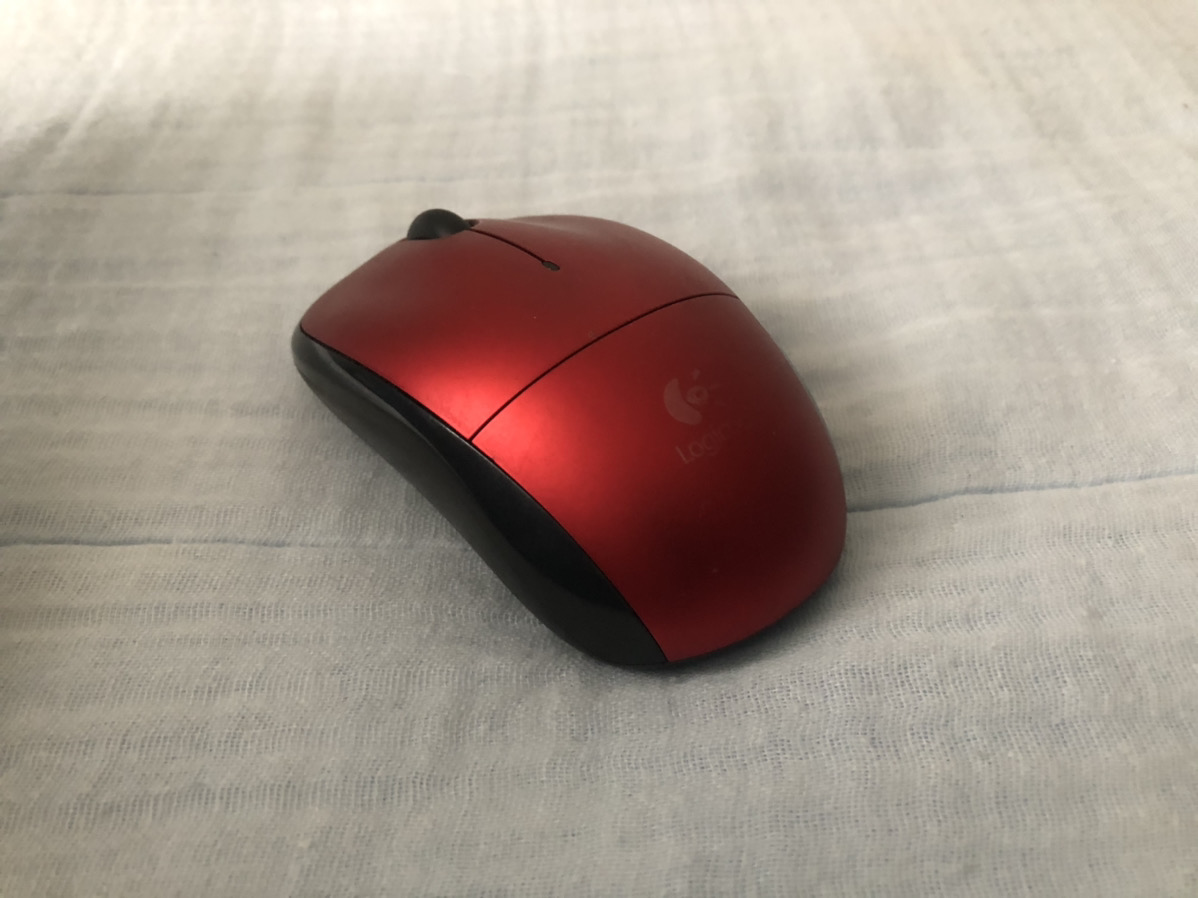
the bag that had fallen in the room, unnecessary reflections were eliminated.
I think I was able to take a photo that accurately expressed the shape and texture of the mouse in the direction I wanted to convey it.
So, can we now say that we have successfully taken a photo of a mouse that will sell?
That's not true.
The reason is, of course, that the background is the dirty futon in my room
Hairballs are amazing.
Therefore, this time I changed the shooting location from my futon to my desk and took advantage of the natural light from the window.
(Why did I take pictures with a futon until now?)
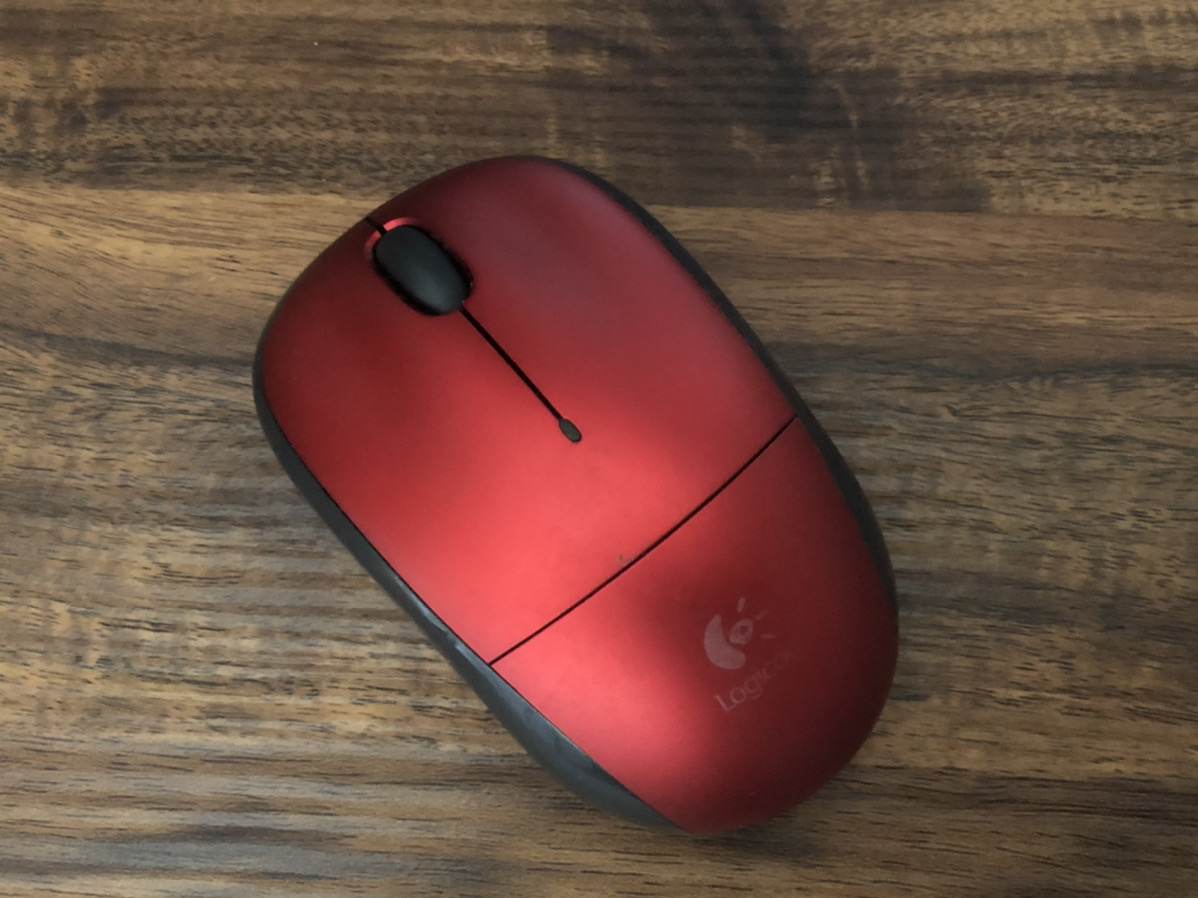
I think the impression is much better now that the dirty futon is no longer holding me back.
(However, because my desk is small, I can't take pictures from an oblique angle. It would be best if I could take pictures that also capture the sides of the mouse, but I decided to give up this time.)
If you put this photo up for sale on a flea market app, for example, you might be able to sell it.
However, when I talked to my boss,
"Hmm, it's not bad, but I don't think this photo will make you say, ``I want this mouse!''
That's what I was told. I see, there's no gurgling sound.
Up to this point, I had focused on bringing out the charm of the subject (the mouse) I realized that it was not possible to take photos that would move people's hearts
Therefore, from now on, on elements other than the subject and think together about how we can take photos that bring out the charm of the subject (mouse) even more.
Add a story to your photos
Furthermore, in order to take photos that bring out the charm of the subject (mouse), it is necessary not only to highlight the charm of the mouse itself, but also to information in the photo that allows the user to imagine the future life in which the mouse will be used .
That to add a story to your photos .
(In the field of product photography, we distinguish between photos that accurately convey the color , shape, and texture product cuts , and photos that promote purchase intent image cuts.This We will proceed.)
I will organize them below.
Who uses a mouse?
First, let's imagine a person using a mouse. People who use a mouse are often students, working adults, or other people who are doing some kind of work on a PC. Also, since the mouse we will shoot this time is metallic red, we will compose the story with a male audience in mind.
Image of life desired by people who use mice
It can be assumed that people who work with a PC and mouse want to work in a comfortable and stylish space.
Based on the above, let's actually add a story to the photo.
Create a story with props
It seems difficult to convey a story with a photo of just a mouse placed on a desk.
Therefore, a PC , ballpoint pen , iced coffee , and imitation green on the desk as props and took a picture with it.
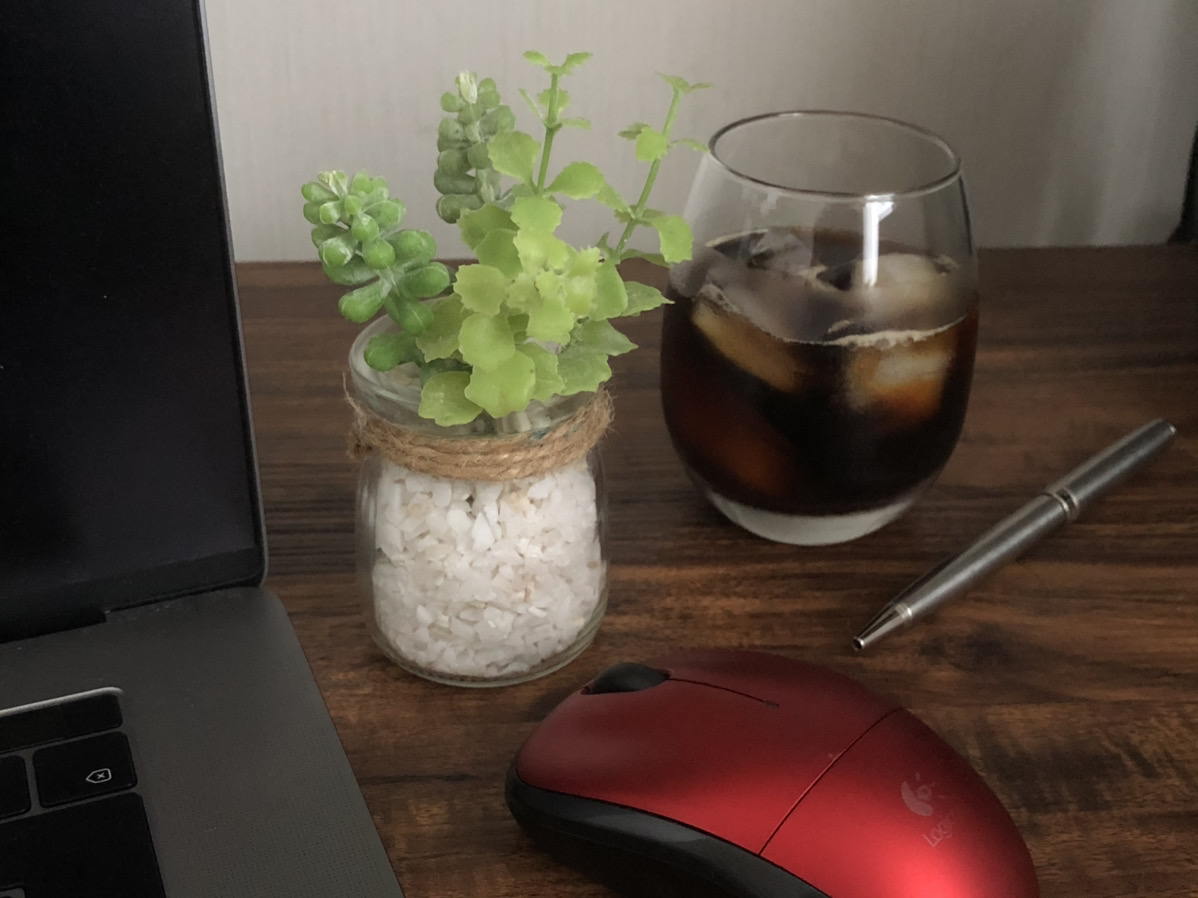
It created a lively atmosphere, making it easier to imagine people using a mouse, but the white wall in superfluous to the concept , so I changed the shooting angle to avoid showing the white wall. Masu.
In this way, when you can't take a photo exactly as you it in your head, you can look over the entire photo and check to see if there are any unnecessary things in it you can retake the photo to make it look exactly as you imagined. You can see what's going on
Also, the imitation green I used this time had a rather cute impression and I judged it to be a mismatch with the mouse and other props
Here is a photo that was retaken after correcting the imperfections.
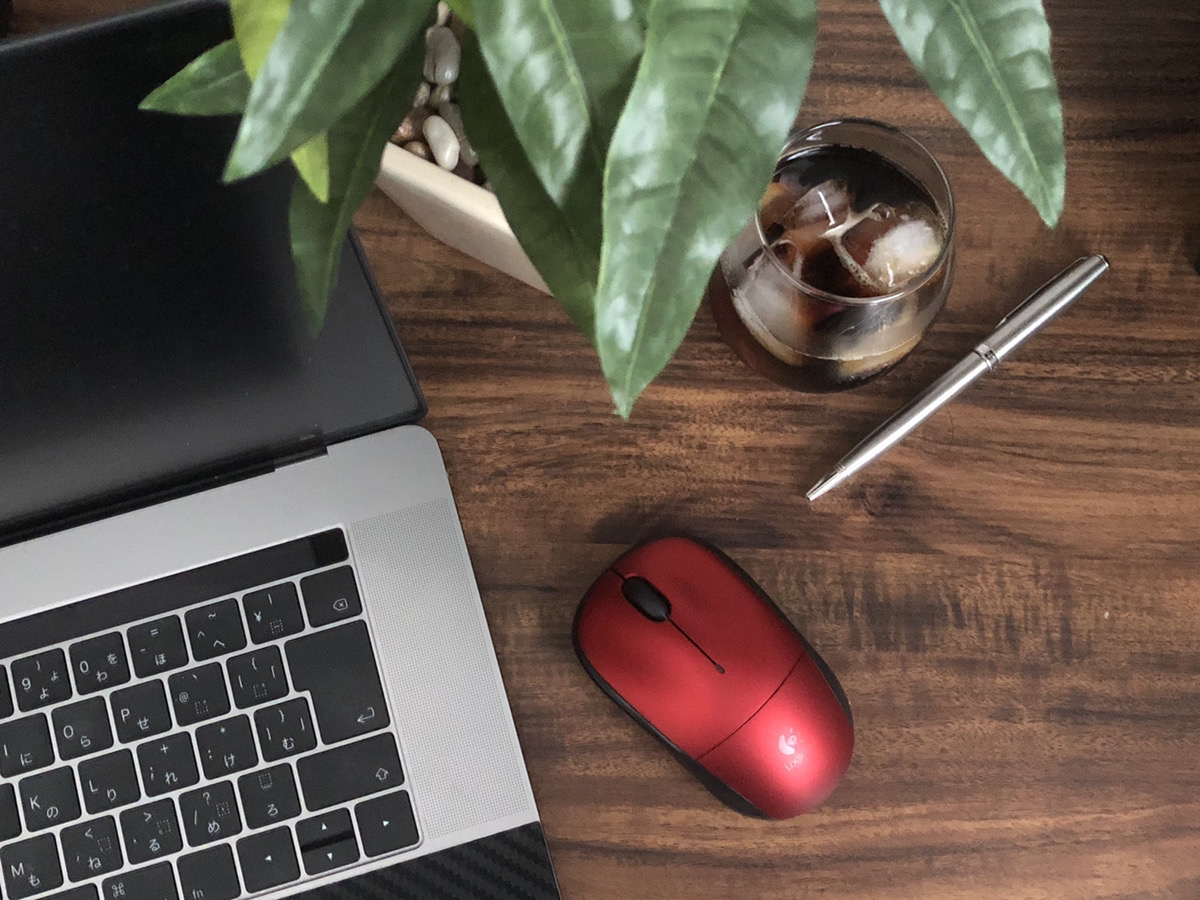
Compared to the previous photo, there is no excess or deficiency of information, and it is much easier to imagine the story of working stylishly using a mouse (subject).
It's not bad even if it's completed now.
I noticed the indirect lighting next to my desk
Below is the shooting scene.

In this way, new light was added to the desk, creating a different atmosphere than natural light
Here is a photo taken using indirect lighting
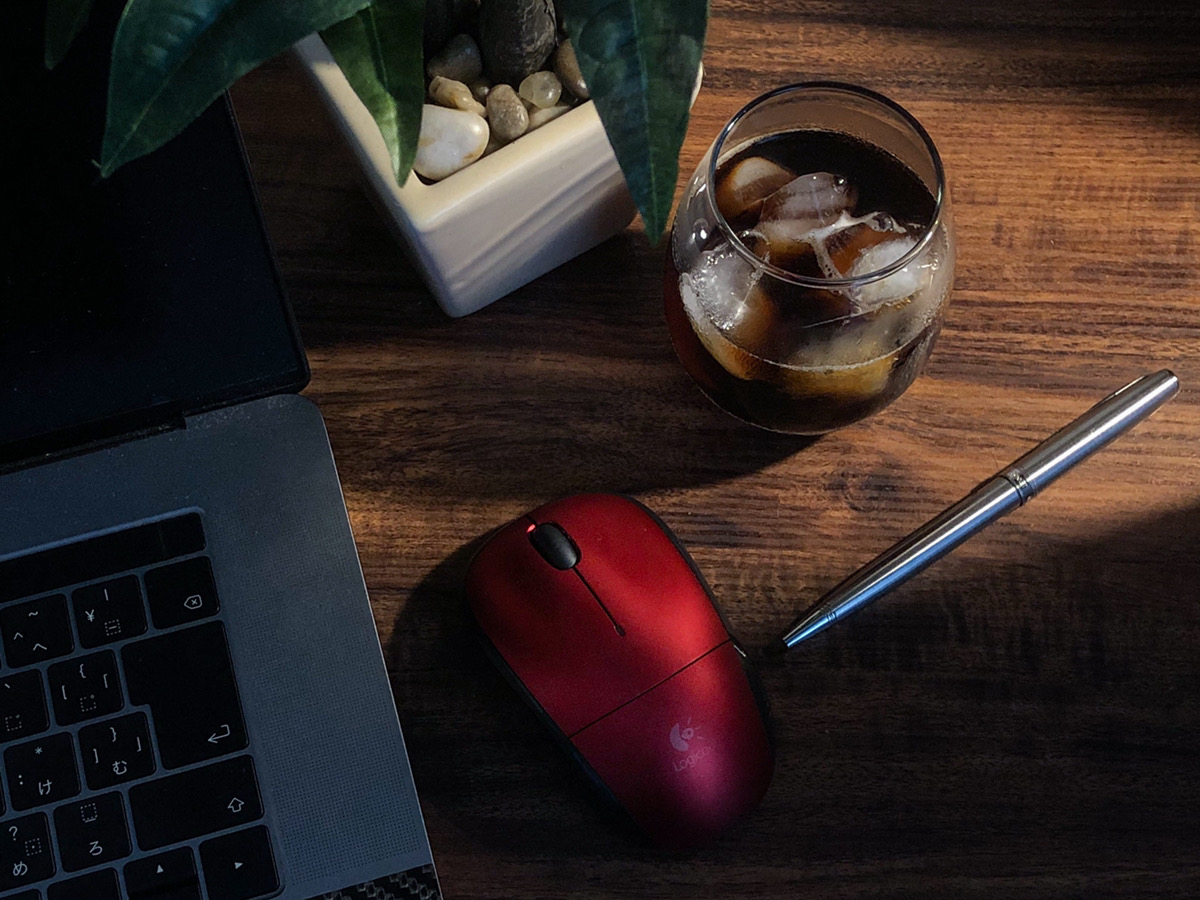
By deliberately narrowing down the position where the light hits, we created a stylish
In this way, you can take photos that give a sense of depth and sharpness or by intentionally photographing they protrude from the angle of view
I will complete it with this photo
In principle, we recommend not using indoor lighting and instead using natural light from windows, but there are many cases where indirect lighting can be used effectively as in this case. Please try various things.
Summary of this article
- High resolution is not a prerequisite for a good photo. A good photo conveys a message.
- In order to take good photos, organize the attractiveness of the subject in your mind before taking the photo.
- In order to take a good photo, try to create a composition that shows the charm of the subject and adjust the light (if taking the photo indoors, try using natural light coming in from a window).
- Add a story to your photos with backgrounds and props
I would be happy if there was even one thing that could be helpful.
Thank you for watching until the end!

 8
8







